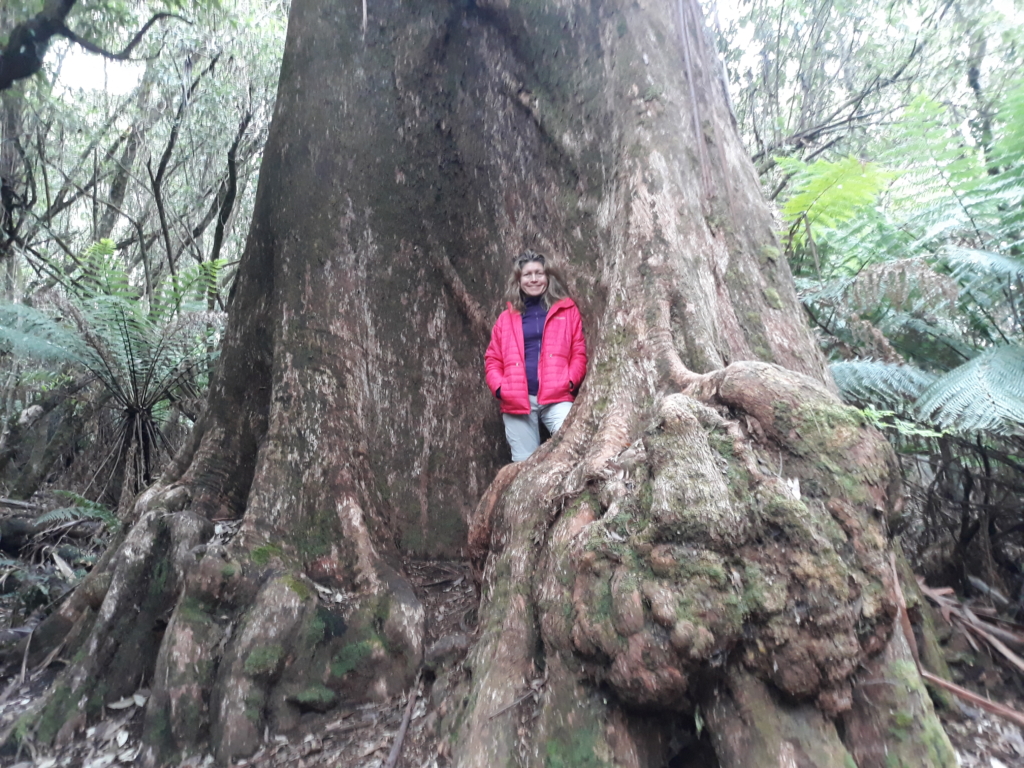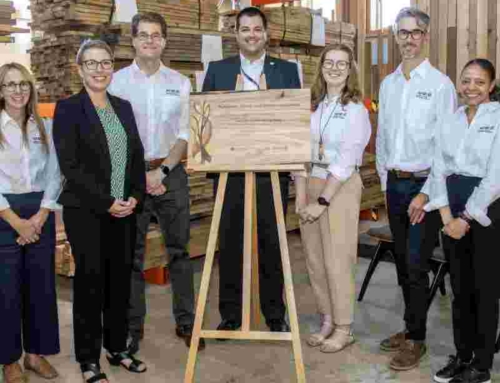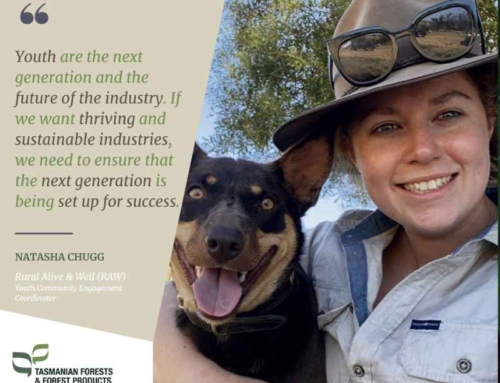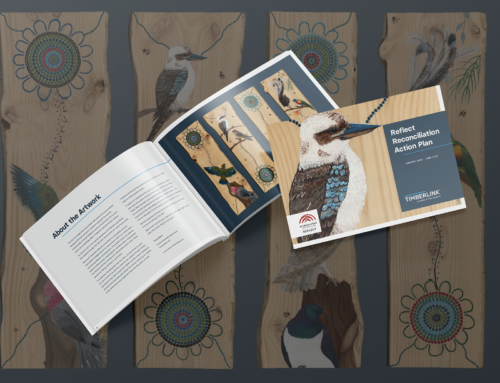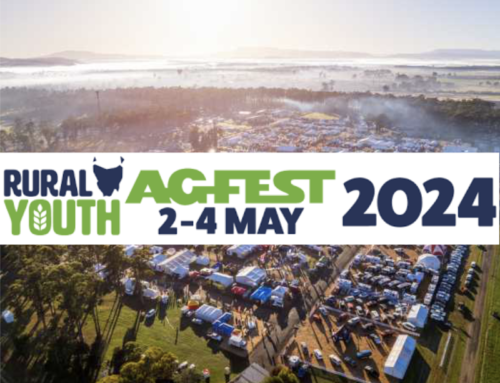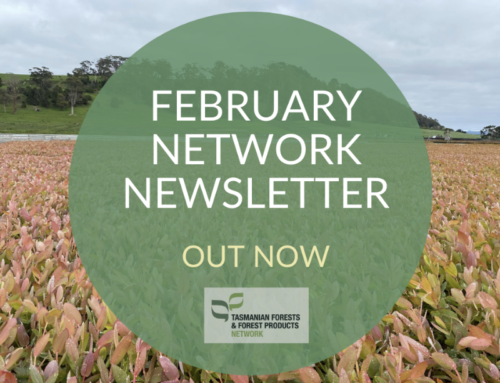Melanie Conomikes talks urban forests
What is your role at Hobart City Council and how long have you been in this position?
I have been the Arboricultural Program Officer at the City of Hobart for two years. I assess street and park trees, plan new planting projects and provide internal and external stakeholder advice on projects where council trees may be affected. I’m currently working on future planning for a 64-square block area in the Central Hobart Precinct.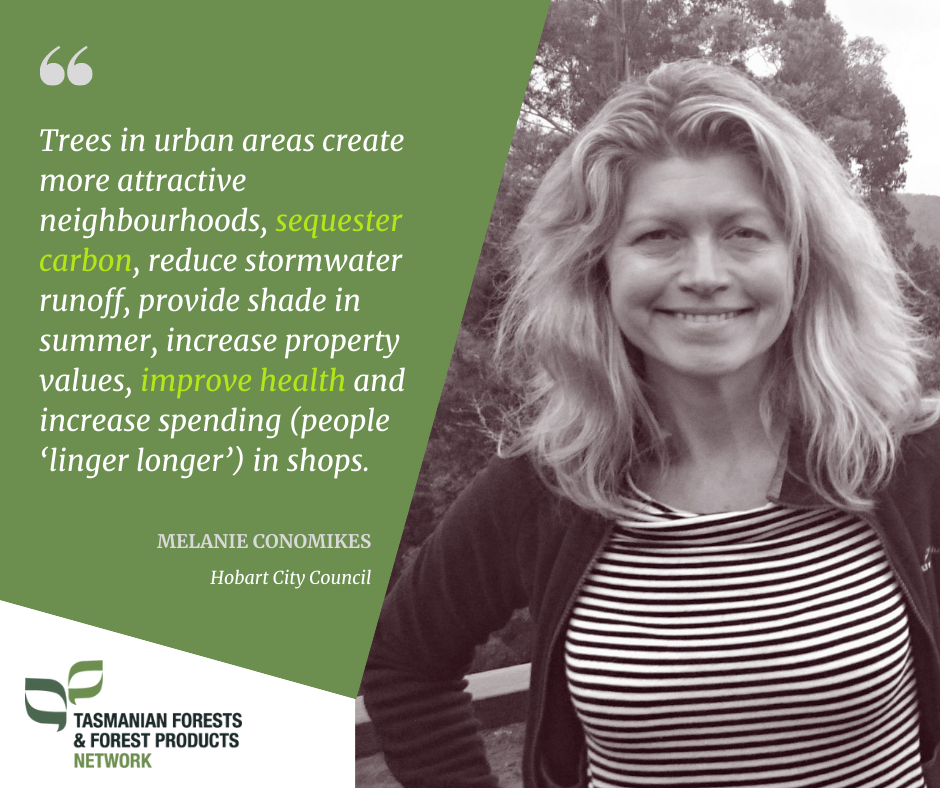
What is your background in this industry?
I have over 20 years’ experience working in Horticulture and Arboriculture in Melbourne, San Diego, California and Hobart (wow, I sound old!). I’ve planned and planted roughly 100,000 trees over the past 20 years. I had a consulting business and was a lecturer and researcher in horticulture and arboriculture subjects at Burnley College, University of Melbourne, where I completed my Masters in Horticulture. I worked on some amazing and rewarding projects such as helping landowners in the Wimmera region to restore Buloke (Allocasuarina leuhmannii) habitat for the threatened Red-tailed Black Cockatoo, and also on landscape-scale native vegetation restoration projects in Victoria. My career funnelled into arboriculture when I moved back to the US for a couple of years to be close to an elderly parent and co-founded a non-profit called Tree San Diego.
I worked with a number of local councils and community groups to bring funding into the region to plant and maintain trees, create a basic arboriculture job-training program, and track carbon sequestration and other tree enviro-benefits. I created a San Diego ‘Tree Steward’ program that teaches community members basic tree care skills. One of the highlights of my time there was training refugees and ex-gang members and seeing one of the woman go on to become a crew leader. I moved to Hobart five and half years ago and worked on restoring critically endangered Morrisby’s Gum habitat among other projects.
I’m an ISA (International Society of Arboriculture) certified arborist. It was me and one other woman in the exam room with 30 blokes! I’ve never really thought about my gender at work, as a kid I liked to climb trees and run around the suburban bush in an area that is now State Park where I grew up in Los Angeles. We need more women in arb-related industries, it’s a great job. I work with another female arborist, the Program Leader, Arboriculture and Nursery and we have a number of women in associated roles on the Bushland team.
What do you enjoy most about your role?
I enjoy the diversity of people I interact with at council and in the community. My work has always been as much about people as trees. People have very strong connections to trees, both positive and sometimes negative. Trees in urban areas create more attractive neighbourhoods, sequester carbon, reduce stormwater runoff, provide shade in summer, increase property values, improve health and increase spending (people ‘linger longer’) in shops. I work with community members and internal staff such as roads and stormwater to provide positive outcomes for trees and other council assets and for residents.
What are the greatest challenges?
Finding locations for trees in harsh urban environments. The City of Hobart has 16.7 per cent tree canopy coverage in our urban areas, quite low for a capital city. We have the mountain and bushland nearby, but the environment we live and work in day-to-day has little green infrastructure. We have a target outlined in the 2017 Street Tree Strategy to reach 40 per cent canopy cover by 2046.
How does urban forestry relate to what some might typically perceive as ‘forestry’?
We’re similar in focus with a different forestry life-cycle. We both plant trees, prune and maintain trees, and have strong work-safe practices. Both use technology like GIS and LiDAR mapping. Both types of forestry look at management of large numbers of trees. For example, the City of Hobart has over 18,000 street and park trees, not including bushland areas.
Urban forests traditionally have been more about how people interact with and benefit from trees and the values those trees provide. It’s exciting to see Tasmanian forestry reporting on quantifiable benefits provided by forests. Urban forestry could learn from ‘forestry’ and re-purpose more end-of-life trees– too many go to landfill.
The most strange /funny moment I’ve encountered in my work so far was…
People sometimes mistake me for a parking inspector while I’m assessing street trees. I use an iPad and the trees are next to parked cars. One time someone walked past me and jokingly asked if I was writing the tree a ticket!
On a weekend we’d find you…
In the summertime away with my wonderful partner Lindsay in our campervan relaxing, hiking or in the water somewhere beautiful in Tassie. In winter, cold-water swimming with a friend. Yes, we jump in without wetsuits, scream and laugh and feel great afterwards.
What’s one thing most people don’t know about you?
I did stand-up comedy in the ’90s.

